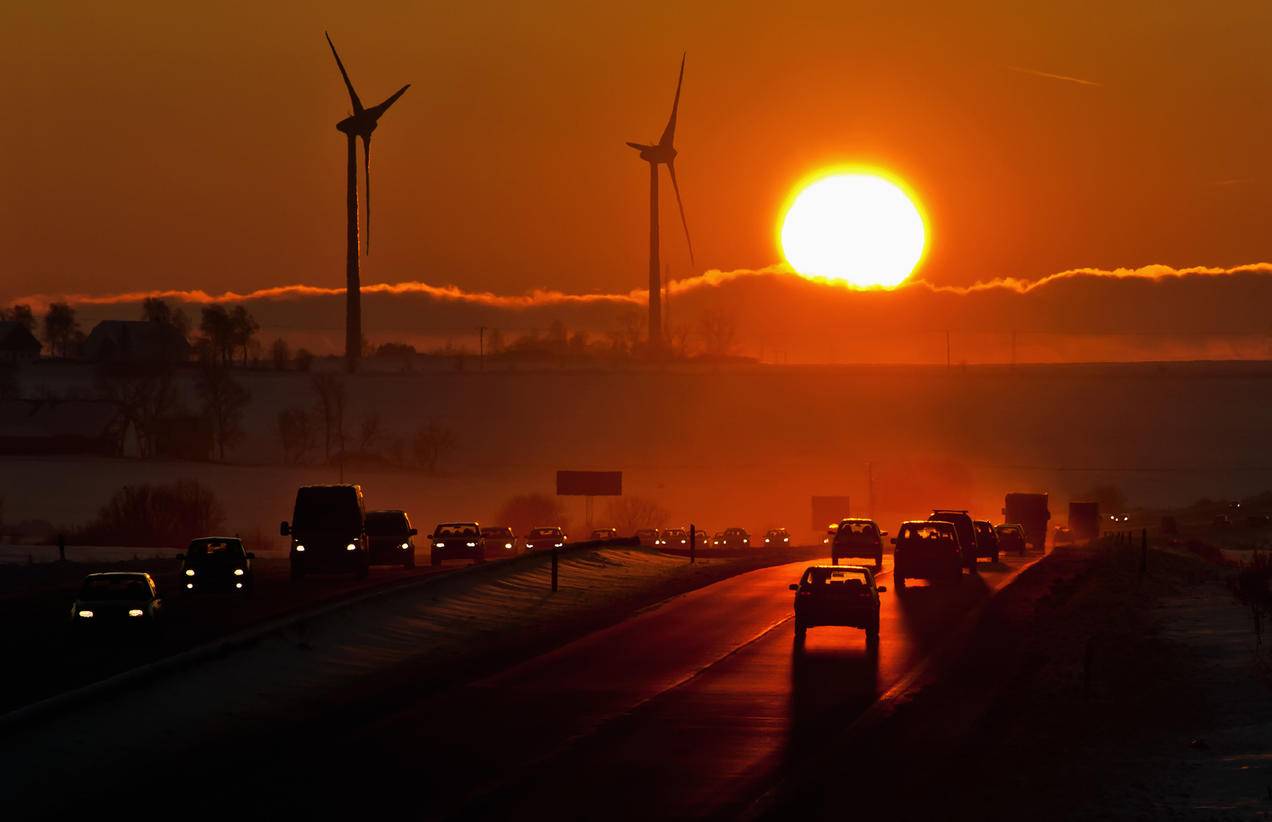Global Climate Change is the major issue facing our planet as a result of the increase in carbon dioxide due to the increase in use of fossil fuels to drive our sources of energy.
As temperatures rise, the water cycle gets negatively affected. Experts tell us that for every 1°F increase in temperature, 4 % more water will evaporate.
This means that over land and sea where there is water, more water will evaporate as the temperature rises while over desert-type areas, the temperature rises causing the area to become dryer and hotter.
Where more water evaporates into the atmosphere, the atmosphere becomes more saturated and therefore turns it in to more storms and rain. All this has resulted in more flooding in some parts of the world and more droughts in other. These differences in atmospheric pressure are also the cause of distorted weather patterns and an increase in storms and violent weather systems.
Water harvesting is the process whereby rain is collected and stored for future use and it can be used to mitigate the impact of climate change. In dryer areas, rain water can be collected to supplement the local water supply and used for watering plants and washing things as well as for consumption by humans and animals and for fighting fires. This can help to drought-proof an area if the practice of water harvesting is done on a reasonably large scale.
In wetter areas, water harvesting is used for the same purposes but it can also be used to reduce water run off and prevent erosion and other damage as well as take pressure off existing water infrastructure. Water harvesting can also help counteract the increasing evaporation due to the increased temperature when the water is stored and used as it is needed.
Rainwater harvesting can also contribute to the reduction in the use of fossil fuels. The more water that people collect the less dependent they are on large water catchment, treatment and distribution plants with their large machines and engines consuming lots of energy.
Rainwater can be harvested by a number of means. One of the most effective ways is to collect water off roofs and direct it through gutters and pipes in to water tanks for storage and later use. Another way is to design an area so that the water run-off is slowed down sufficiently enough that it is absorbed into the ground to enhance the soil and surrounding areas. Contours in the ground are often established for this purpose. This helps recharge the whole area with water and enables regeneration of microbes and plants and therefore richer and more nutritious soils.
Many jurisdictions are investing heavily into all forms of water harvesting for these numerous purposes. This is especially important in areas which are prone to severe storms or intense droughts.
Select water tanks Manufacture and deliver custom made stainless steel and colorbond water tanks to homes and businesses in South East Queensland and North New South Wales, Australia


